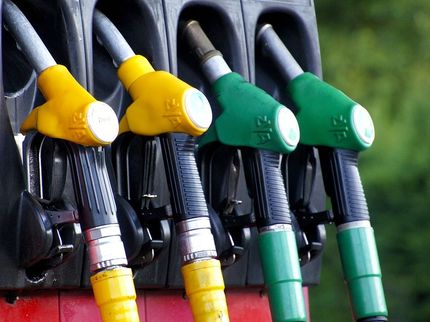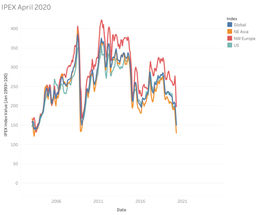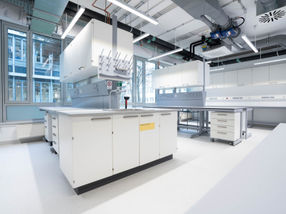WACKER POLYMERS to Raise Prices For Dispersible Polymer Powders in Europe
Advertisement
WACKER POLYMERS is to raise its prices for dispersible polymer powders of the VINNAPAS® brand in Europe. Effective January 1, 2015, prices will be increased by up to €0.10 per kilogram, or as customer contracts allow. This measure has been necessitated by the current increase in raw-material and distribution cost.
The price adjustments will enable WACKER POLYMERS to continue providing reliable supply and constantly high product quality, and to boost the development of innovative product and process technologies for the benefit of customers.
Most read news
Other news from the department price development

Get the chemical industry in your inbox
By submitting this form you agree that LUMITOS AG will send you the newsletter(s) selected above by email. Your data will not be passed on to third parties. Your data will be stored and processed in accordance with our data protection regulations. LUMITOS may contact you by email for the purpose of advertising or market and opinion surveys. You can revoke your consent at any time without giving reasons to LUMITOS AG, Ernst-Augustin-Str. 2, 12489 Berlin, Germany or by e-mail at revoke@lumitos.com with effect for the future. In addition, each email contains a link to unsubscribe from the corresponding newsletter.
















































